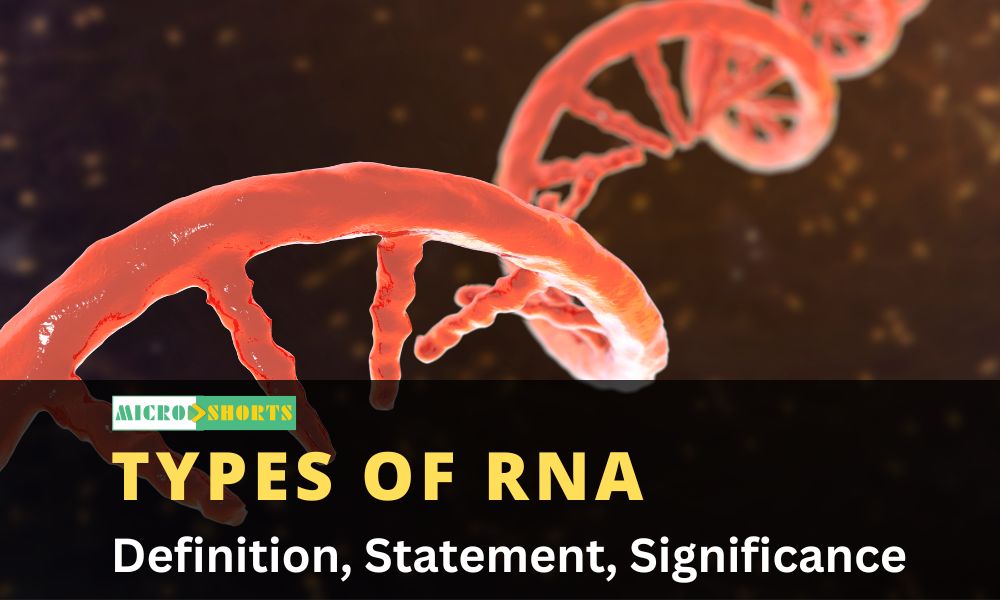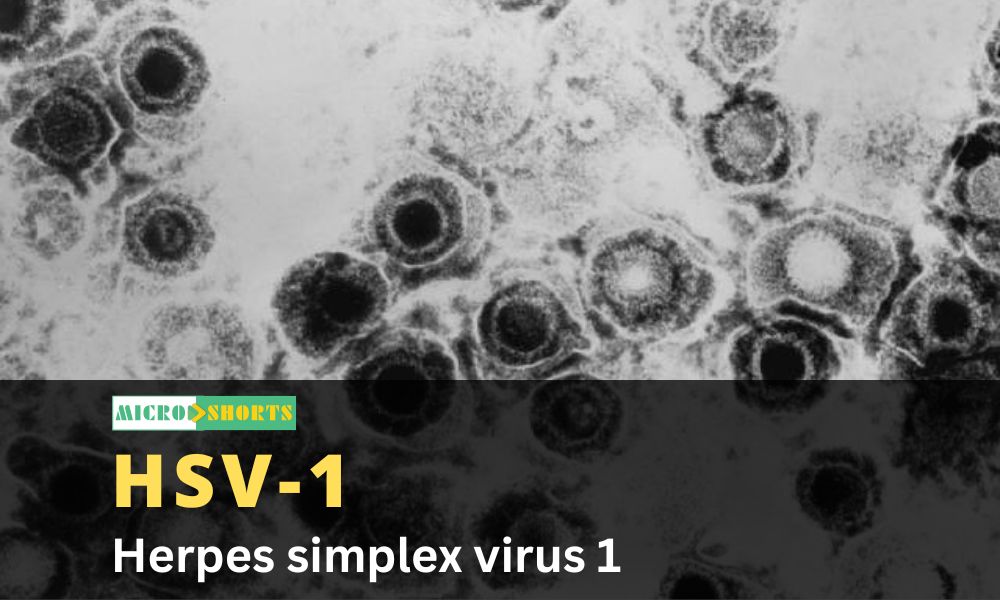DNA fingerprinting or DNA profiling is a process used to determine the nucleotide sequence at a certain part of the DNA that is unique in all human beings.
The process of DNA
fingerprinting was invented by Sir Alec Jeffrey at the University of Leicester
in 1985.
Principle of DNA Fingerprinting

- The DNA of every human being on the
planet is 99.9% same. However, about 0.1% or 3 x 106base pairs
(out of 3 x 109 bp) of DNA is unique in every individual.
- Human genome possesses numerous small
non-coding but inheritable sequences of bases which are repeated many
times. They do not code for proteins but make-up 95% of our genetic DNA
and therefore called the ―junk DNA.
- They can be separated as satellite from
the bulk DNA during density gradient centrifugation and hence called
satellite DNA.
- In satellite DNA, repetition of bases is
in tandem. Depending upon length, base composition and numbers of tandemly
repetitive units, satellite DNAs have subcategories like microsatellites
and mini-satellites.
- Satellite DNAs show polymorphism. The
term polymorphism is used when a variant at a locus is present with a
frequency of more than 0.01 population.
- Variations occur due to
mutations. These mutations in the non-coding sequences have piled up
with time and form the basis of DNA polymorphism (variation at genetic
level arises due to mutations).
- The junk DNA regions are thus made-up of
length polymorphisms, which show variations in the physical length of the
DNA molecule.
- At specific loci on the chromosome the
number of tandem repeats varies between individuals. There will be a
certain number of repeats for any specific loci on the chromosome.
- Depending on the size of the repeat, the
repeat regions are classified into two groups. Short tandem
repeats (STRs) contain 2-5 base pair repeats and variable
number of tandem repeats (VNTRs) have repeats of 9-80 base pairs.
- Since a child receive 50% of the DNA
from its father and the other 50% from his mother, so the number VNTRs at
a particular area of the DNA of the child will be different may be due to
insertion, deletion or mutation in the base pairs.
- As a result, every individual has a
distinct composition of VNTRs and this is the main principle of DNA
fingerprinting.
- As single change in nucleotide may make
a few more cleavage site of a given nucleotide or might abolish some
existing cleavage site.
- Thus, if DNA of any individual is
digested with a restriction enzyme, fragments pattern (sizes) will be
produced and will be different in cleavage site position. This is the
basics of DNA fingerprinting.

Methods of DNA Fingerprinting
Restriction fragment
length polymorphism (RFLP) and polymerase chain reaction (PCR) amplification of
short tandem repeats (STRs) are two main DNA tests widely used for DNA
fingerprinting.
A. Restriction fragment length polymorphism (RFLP)
- The first step in this process is
to isolate the DNA from the sample material to be tested.
The sample size for RFLP test must be large enough to get the proper
result.
- Once the required size of the sample is
available, the DNA is isolated from the sample and is subjected to
restriction digestion using restriction enzymes.
- The digested DNA sample is then separated
by agarose gel electrophoresis, in which the DNA is separated based on
the size.
- The next step is transfer of
separated DNA from gel slab onto the nitrocellulose membrane to
hybridize with a labeled probe that is specific for one VNTR region (radio
activity labeled complimentary sequence for VNTR region nucleotide
sequence).
- This technique of transferring and
hybridizing DNA onto nitrocellulose membrane is known as southern
blotting, a most widely used DNA detection technique by molecular
biologists.
- After the hybridization with the
radioactive probes, the X- ray film is developed form the
southern blotting and only the areas where the radioactive probe binds
will show up on the film.
- Now these bands when compared
with the other known samples, will give the final result of the DNA
fingerprinting.
Advantages
The RFLP is
considered to be more accurate than the PCR, mainly because the size of the
sample used more, use of a fresh DNA sample, and no amplification
contamination.
Limitation
The RFLP, however,
require longer time period to complete the analysis and is costly.
B. Polymerase Chain Reaction (PCR) amplification of short tandem repeats (STRs)
- Thousands of copies of a particular
variable region are amplified by PCR which forms the basis of this
detection.
- STR with a known repeat sequence is
amplified and separated using gel-electrophoresis.
- The distance migrated by the STR is
examined.
- For the amplification of STRs using PCR,
a short synthetic DNA, called primers are specially designed to attach to
a highly conserved common nonvariable region of DNA that flanks the
variable region of the DNA.
- By comparing the STR sequence size
amplified by PCR with the other known samples, will give the final result
of the DNA fingerprinting.
Advantages
- Small amount of specimen is sufficient
for the test.
- Takes a shorter time to complete.
- Less costly.
Limitation
- Less accurate than RFLP.
- Possibility of amplification
contamination.
Applications of DNA Fingerprinting
- DNA Fingerprinting is used by scientists
to distinguish between individuals of the same species using only samples
of their DNA. It is a primary method for identifying an individual.
- Forensic
Science:
Biological materials
used for DNA profiling are: Blood, Hair, Saliva, Semen, Body tissue cells etc.
DNA isolated from the evidence sample can be compared through VNTR (Variable
number of tandem repeats) prototype. It is useful in solving crimes like murder
and rape.
- Paternity
and Maternity Determination:
A Person
accedes to his or her VNTRs from his or her parents. Parent-child VNTR
prototype analysis has been used to solve disputed cases. This information can
also be used in inheritance cases, immigration cases.
- Personal
Identification:
It utilizes the
concept of using DNA fingerprints as a sort of genetic bar code to pinpoint
individuals.
- Diagnosis
of Inherited Disorders:
It is also useful in diagnosing inherited disorders in both prenatal and newborn babies. These disorders may include cystic fibrosis, hemophilia, Huntington’s disease, familial Alzheimer’s, sickle cell anemia, thalassemia, and many others.
5. Development of Cures for Inherited Disorders:
By studying
the DNA fingerprints of relatives who have a history of some particular
disorder, DNA prototypes associated with the disease can be ascertained.
- Detection
of AIDS:
By comparing the
band of HIV “RNA” (converted to DNA using RTPCR) with the bands form by the
man’s blood, person suffering with AIDS can be identified.
- Breeding
Program:
Breeders
conventionally use the phenotype to evaluate the genotype of a plant or an
animal.As it is difficult to make out homozygous or heterozygous dominance from
appearance, the DNA fingerprinting allows a fastidious and precise
determination of genotype. It is basically useful in breeding race horses and
hunting dogs.









Comments